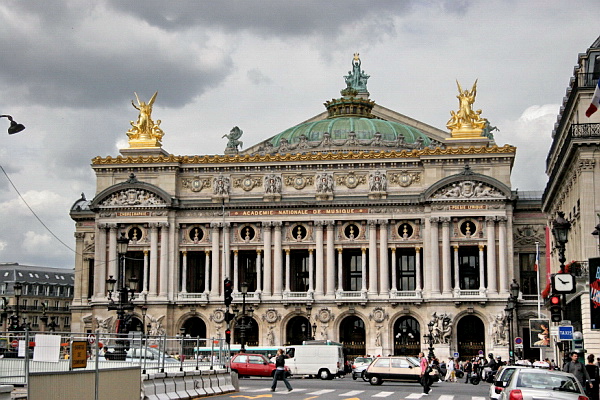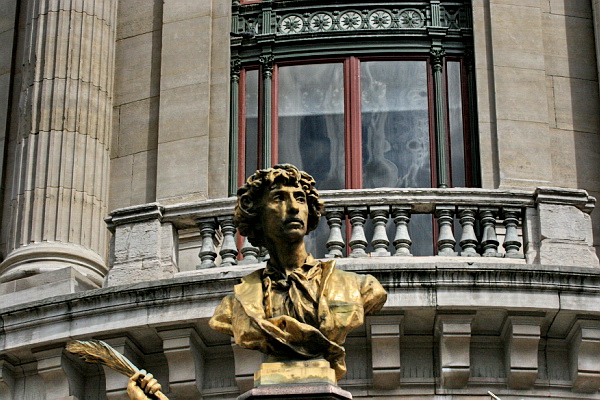Opera Garnier

Built between 1862-1875, its architect was Charles Garnier. He had been picked from among 171 contestants, and was relatively unknown although he had won the Rome prize in 1848. He was only 35 when awarded with the design of the new opera house. The origins of the idea for a new opera house can be traced back as far as forty years previous to 1820. When construction was finally started, it was just as quickly suspended after the discovery of an underground lake and spring. Although this problem was overcome, the lake persists and lies beneath the cellars of the building.

A large building, it has a total area of 11,000 square metres (118,404 square feet) and a vast stage with room for up to 450 artists. The auditorium itself comprises roughly half of the total space, most of the rest being used to house necessary logistical support so that the stage demands of any opera can be met and even surpassed. This can include live horses running on a rotating stage. The opera seats only 2,200.
Legend has it that the Empress Eugenie asked Garnier whether the building was to be in Greek or Roman style to which he replied ``It is in the Napoleon III style Madame!'' It remains an ornate building richly decorated with friezes, columns, and winged figures among other statues and embellishments.
This richness continues inside with velvet, gold leaf, and nymphs and cherubs. The auditorium's central chandelier weighs over six tons, and its ceiling was painted in 1964 by Chagall.